c
What is a MIDI Controller and what is it for?
You may have heard a lot about MIDI controllers lately.
This is because they do many essential tasks in the home studio.
When you’re just starting out in the MIDI world, these terms get very confusing.
Therefore, in this article, we will see what is a MIDI Controller and what is it for in the home studio.
What is a MIDI controller?
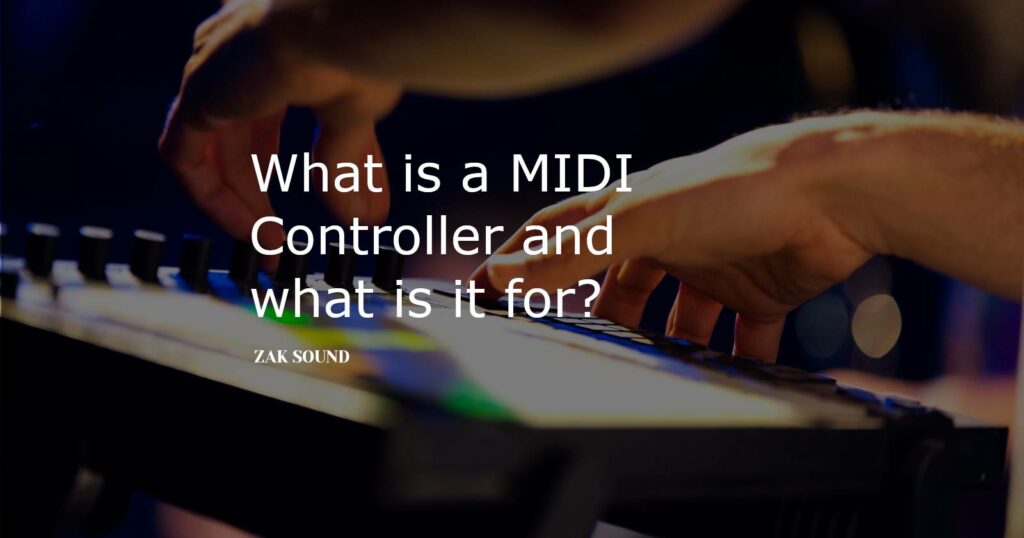
To understand what a MIDI controller is, you first need to understand what MIDI is.
MIDI is a language that allows different instruments, equipment, or computers to communicate with each other.
So, a MIDI controller is a device that sends and receives information to other equipment or software.
It can send or receive notes, parameters, velocity, modulations, volume, etc.
What good are MIDI controllers in the home studio?
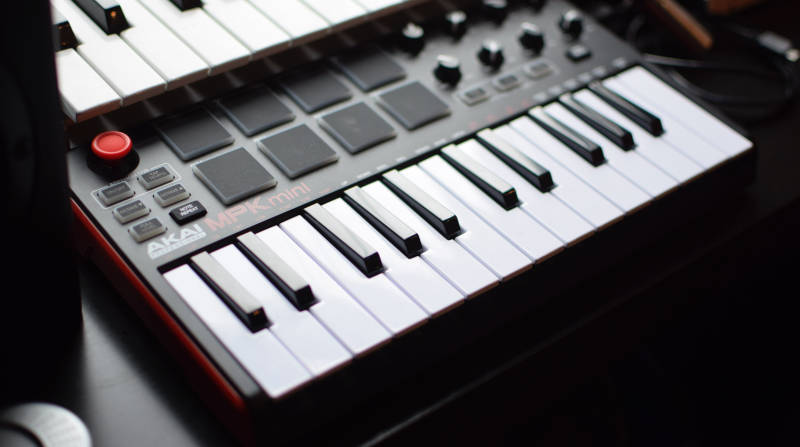
So far, everything sounds very theoretical, but.. in practice, what good is a MIDI controller in the home studio?
The # 1 home studio use of MIDI controllers is for handling different sections of the DAW and plugins.
For example, you can control the DAW’s faders using a MIDI controller and thus have physical control of the volume of each track.
Or play or record the notes of a piano or violin plugin within the DAW with a MIDI keyboard.
This is why MIDI controllers became essential in home studios. They broaden the horizons of what you can do with your DAW and plugins.
Common MIDI Controller Types in the Home Studio
There are many types of MIDI controllers, and in fact, new types of controllers come out every year.
These are the most common in the home studio:
- MIDI keyboards
- Drum pad
- DAW controllers
- Fader controllers
MIDI keyboards
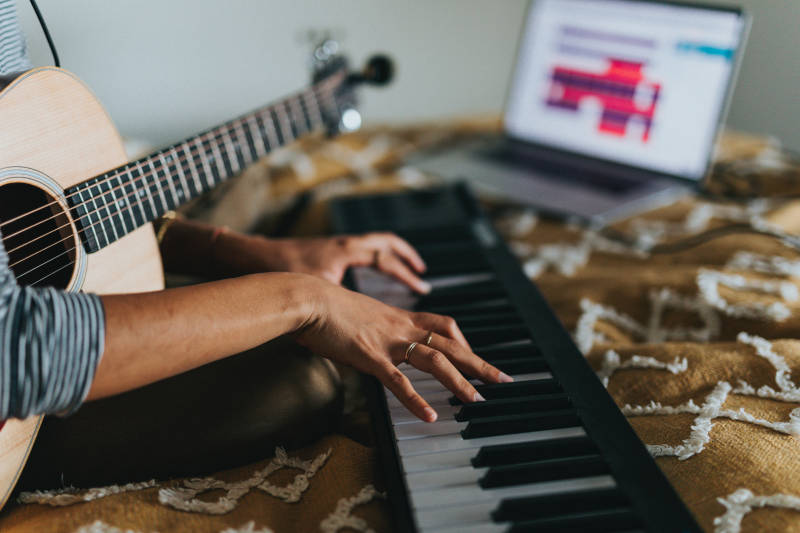
The essential MIDI controller for any home studio is the MIDI keyboard.
It is something that cannot be missed.
Why?
When you write MIDI notes manually (with the mouse) from a piano plugin inside a DAW, it tends to sound robotic. That is, it’s not the same as a sitting person playing a physical piano.
That is why the MIDI keyboard allows you to play the piano plugin in the same way you would play a physical piano.
The MIDI keyboard transmits the notes you play to the DAW with their velocity (intensity) and duration.
But it’s not only for piano plugins but for any type of plugin. It can be a bass, violin, sax, or any other plugin.
It’s essential since it allows you to give life to your productions.
Drum pad
The Drum Pad controllers do what you’re thinking, play and record drums right inside the DAW.
These pads are sensitive, allowing you to add realism to drum patterns.
But it’s not essential; many MIDI keyboards come with a built-in Drum Pad and thus save some money.
In addition, you can also record the notes of the drums with the keys of the MIDI keyboard. It is not the same feeling, but it does the job.
Specific controllers for each DAW
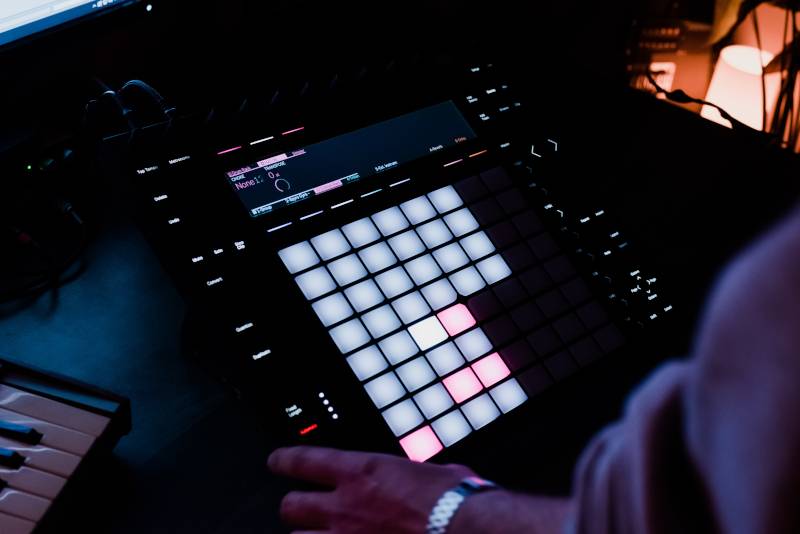
Many DAWs have specific controllers to handle many of their functions and parameters.
The idea of DAW controllers is to be able to improve productivity in the work environment.
In addition, it is also helpful to have physical control over the parameters of the DAW because we can do more things simultaneously.
The most famous case is the Launchpad for Ableton Live. If you are not familiar with the Ableton, I will summarize it; this DAW has a session view for live looping with many tracks. The Launchpad allows you to activate and deactivate each track with a button and control other DAW parameters.
Other DAWs also have their controller. Like the Akai Fire for the FL Studio that turns patterns on and off and handles other DAW controls.
Fader Controllers
Linked from the previous point, we have the fader controllers.
Some DAW controllers or MIDI keyboards already come with built-in faders, but you can also get the fader controller separately.
Depending on the DAW, the faders can be configured for each track’s volume or control parameters of specific things.
The most usual thing is to control the volume faders of the tracks since it allows us to optimize while mixing.
Conclusions
MIDI controllers are an essential tool for the home studio.
Above all, MIDI keyboards, which help a lot to improve our productions.
The idea of any type of controller is to improve the working environment and facilitate many uses.
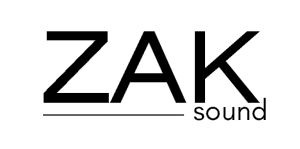
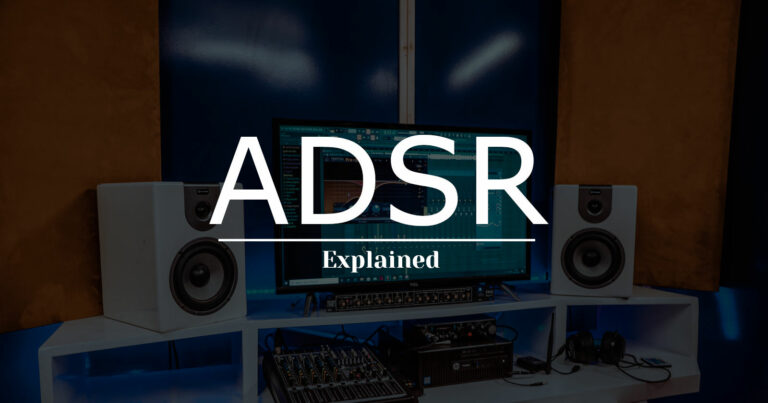
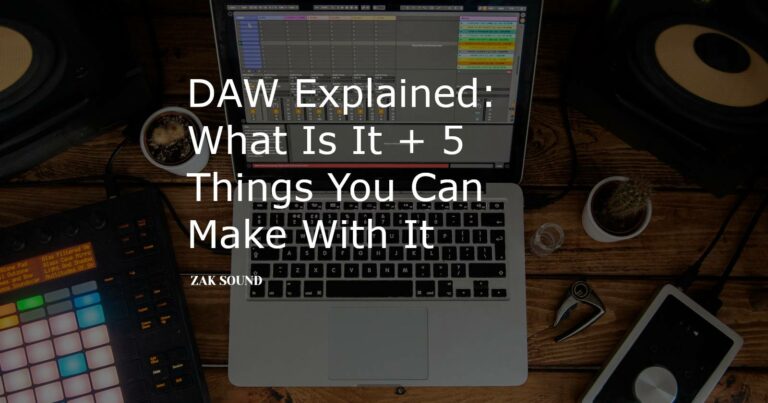
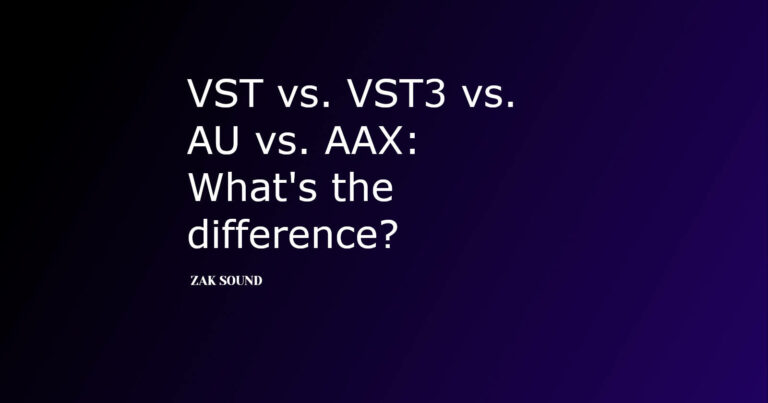
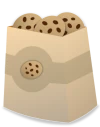 We use cookies to enhance your experience, analyze site traffic, and personalize content. By accepting, you help us show you more relevant offers and improve your overall experience.
We use cookies to enhance your experience, analyze site traffic, and personalize content. By accepting, you help us show you more relevant offers and improve your overall experience.